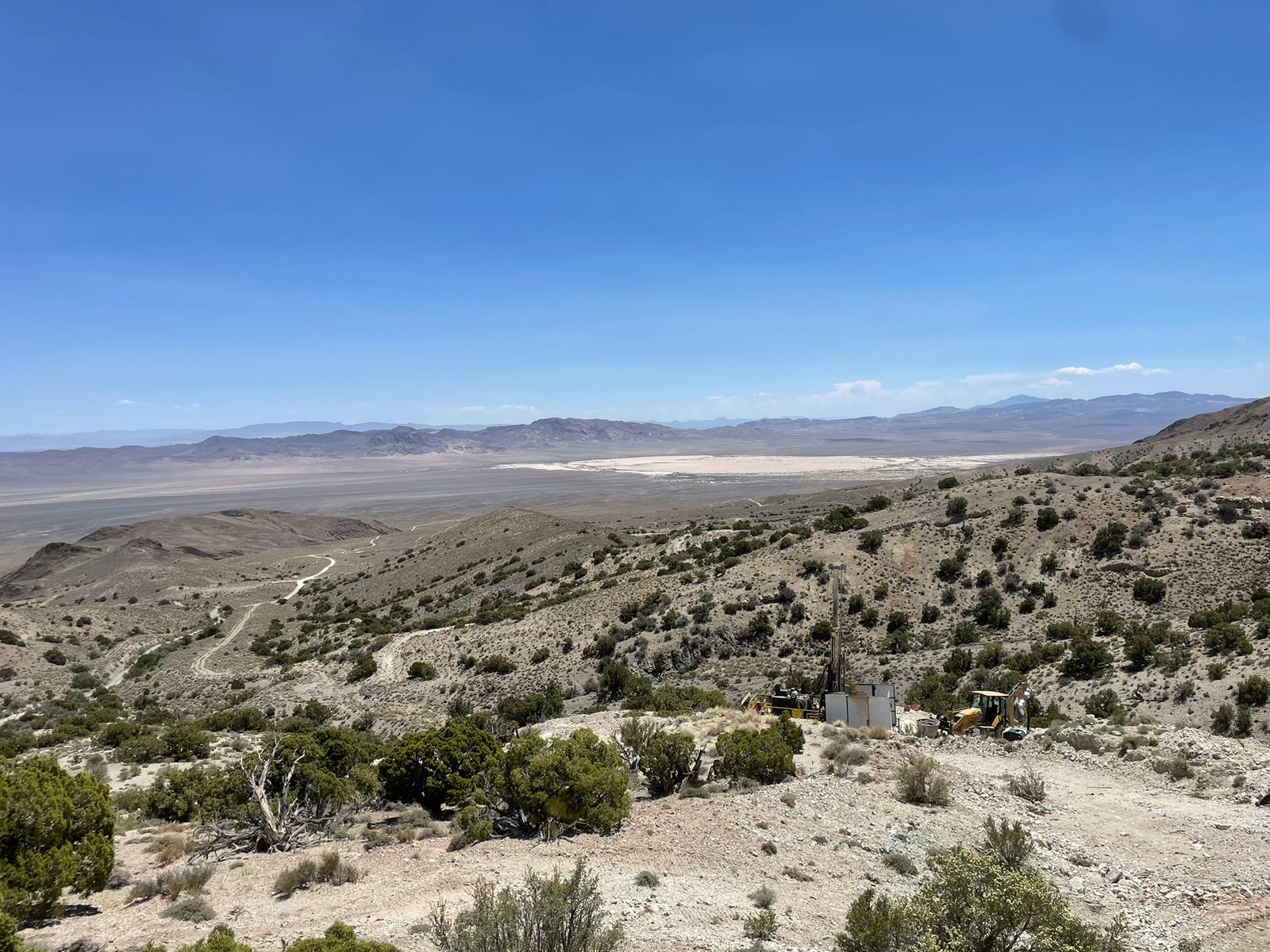Investment in innovation still at low end of spectrum
The global mining sector’s comeback signalled great expectations—improved employment, wages and economic wealth. However, the windfall will be short lived according to Peter Bryant, managing partner of Chicago-based strategic growth firm Clareo.
Speaking at the International Mining and Resources Conference, Bryant said if miners want a new era of prosperity they must upend the traditional approach to the business of mining, translating the aspiration for transformational innovation to sustained action and value creation.
“Mining leaders have gradually adopted a more progressive mindset to embrace this reality. Since 2015 a growing number of CEOs and mining companies, recognising the need for innovation, have made aspirational pronouncements with several of them moving ahead aggressively with their innovation efforts.
“Here in Australia, for instance, the world’s first autonomous mines were launched, and nearly three months ago a driverless rail system made its first delivery of iron ore. However, the bulk of mining companies have missed out on the productivity gains and lower unit cost of production from the technology revolution of the last ten years,” he said.
“The hard, simple truth is the new level of performance, to which the industry aspires, can only be achieved through sustained investment in innovation that delivers on both radical improvement and transformation.”
Bryant went on to state that mining companies have underinvested in innovation compared to other industries. Manufacturing spends 2 per cent to 3 per cent of its revenue on innovation. Oil and gas companies spend 3 per cent to 5 per cent, and that’s on the low end of the spectrum, he said. Clareo’s analysis shows the industry’s historical investment in innovation hovers around 0.5 per cent of revenue with the small clutch of leaders now moving towards 1 per cent, which still lags behind that of manufacturing and oil and gas.
“Investment levels still remain an impediment to realising the productivity and margin improvements miners desperately need,” he added.
To deliver value, Bryant encouraged companies to move faster, allow space for experimentation and learning and tolerate risk.
“These are the same characteristics miners display when exploring for new resources so why not for innovation and technology? Companies like Anglo American and BHP have made progress, applying principles from lean start-up and minimal viable approaches, led and championed by dedicated innovation groups. However most companies are simply not moving concepts fast enough from the idea stage through rapid investigation; it’s a necessary skill in order to determine viability through to adoption and scaling. Companies need to manage the cost of failure, not the rate of failure,” said the resources and mining expert.
“In addition there remain huge obstacles to take a new capability, technology, or approach from an initial pilot in one mine through to widespread adoption. This requires new capabilities, as well as the design and adoption of ‘fit for purpose’ governance and processes.”
Bryant also believes miners need to cultivate a vibrant start-up ecosystem, supported by either a robust venture capital, corporate venture capital base or both. The pipeline of innovative solutions for radical improvement and transformation is proportional to the health of these ecosystems. Yet, there are only a handful active VC funds: Chrysalix in Canada, Aurus in Chile and a small seed fund in Australia.
“As for corporate venture capital funds, none of the major miners have this type of funding, which is in stark contrast to all other industries. The lack of it deters entrepreneurs, stunts innovation and tends to strand technology in research groups or in small companies that never scale. As of now, internal funding approvals too often use net present value and other large project approval mechanisms, which leaves innovation competing with funding of the mines. In turn, the cycle of underinvestment persists,” said Bryant.
“The bottom line is mining companies need to turbocharge their investment in innovation – and, for once, disconnect the cost of production from the market price of commodities. This shift will unleash the kind of sustained value, returns and free cash flow miners and the markets expect.”
{{ commodity.name }}
{{ post.title }}
{{ post.date }}

Comments